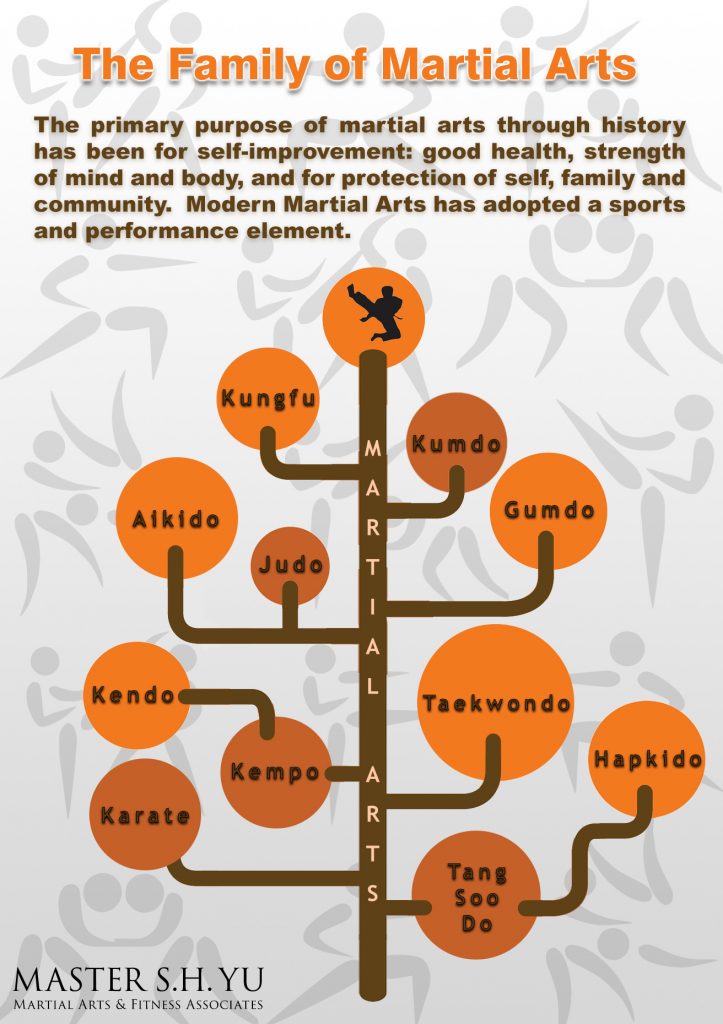The Background And Development Of Martial Arts All Over The World
The Background And Development Of Martial Arts All Over The World
Blog Article
Short Article Written By-Winkler Silverman
Martial arts have a fascinating history that extends centuries and continents. You might discover it interesting just how ancient practices like Shuai Jiao and Kalaripayattu laid the groundwork for modern combat methods. martial arts for bullying -controls not just emphasize physical skills however additionally show the cultures that birthed them. As you explore their evolution, think about how globalization has actually changed these typical types into crossbreed styles. What impacts do you think have shaped today's martial arts landscape?
Ancient Martial arts: The Foundations of Fight
As you explore the world of ancient martial arts, you'll uncover the abundant foundations that formed combat methods across cultures. Very early techniques focused on Self-Defense and survival, frequently including strikes, grappling, and weapons.
In ancient China, as an example, strategies like Shuai Jiao highlighted tosses and joint locks, while India's Kalaripayattu showcased dexterity and liquid activity. Japanese samurai developed Kenjutsu, a polished swordsmanship that highlighted self-control and technique.
These martial arts offered not just for battle but also as a means of individual growth, instilling worths like respect and perseverance. The blending of these strategies in time laid the groundwork for the diverse martial arts you see today, each showing the one-of-a-kind philosophies and needs of its society.
The Cultural Influence on Martial Arts Development
While martial arts usually reflect the useful needs of a society, they additionally personify the social values and beliefs of their beginnings. When you check out different martial arts, you'll notice how they're affected by religious beliefs, approach, and social standards.
As an example, the focus on respect and self-control in Japanese martial arts originates from Zen Buddhism and samurai society. On the other hand, Brazilian Jiu-Jitsu promotes adaptability and technique, formed by the demand for efficiency in a varied, multicultural environment.
You could locate that the rituals, attires, and training techniques show a community's history and identity. By comprehending these social influences, you deepen your appreciation of martial arts and their duty fit human experiences across the globe.
Modern Adaptations and the Globalization of Martial arts
Martial arts have actually changed substantially in recent decades, adjusting to modern society and international impacts. You'll see that typical types have blended with contemporary techniques, creating hybrid styles like mixed martial arts. These adaptations cater to varied target markets, making martial arts easily accessible and enticing around the world.
With the rise of social media and electronic systems, you can find tutorials and competitors from all edges of the globe, breaking geographical barriers. This globalization has actually brought about a shared recognition for numerous disciplines, from Brazilian Jiu-Jitsu to Taekwondo.
As you engage with these arts, you'll understand they're not almost fight; they promote fitness, discipline, and mental wellness.
Ultimately, modern adjustments have enhanced the martial arts landscape, making it a dynamic and advancing method.
Conclusion
In exploring the history and evolution of martial arts, you uncover a fascinating mix of methods, societies, and philosophies. From ancient disciplines like Shuai Jiao and Kalaripayattu to the modern-day versatility seen in MMA, martial arts mirror mankind's pursuit for Self-Defense and individual development. As you engage with these practices, you not only obtain skills yet likewise a much deeper admiration for the diverse practices that shape our globe today. So, continue your journey and embrace the art of battle!
